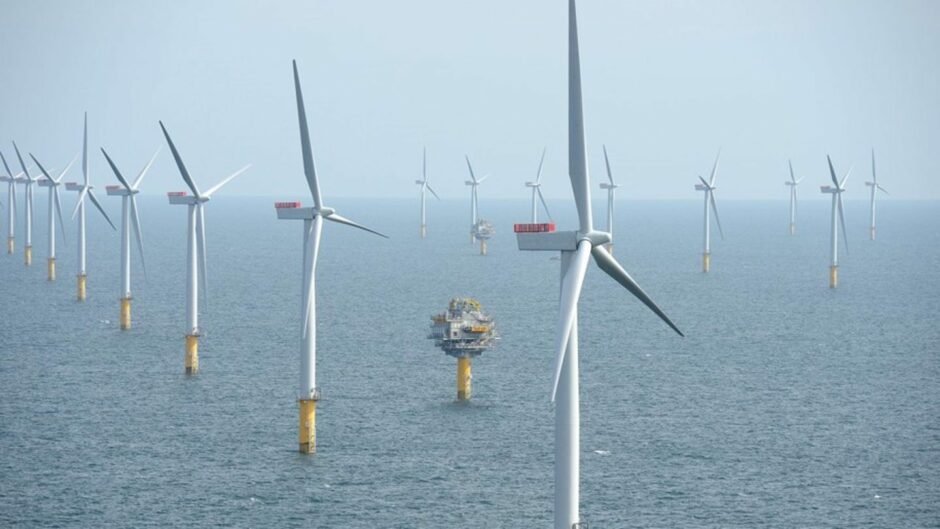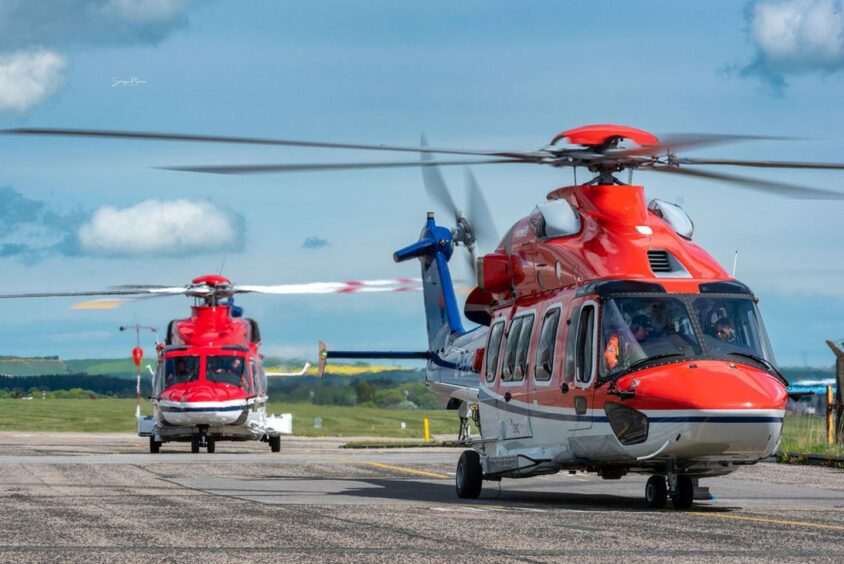
In a trading statement to its shareholders, SSE has confirmed that first power from its Dogger Bank offshore wind farm is expected in “coming weeks”.
The 3.6 GW Dogger Bank Wind Farm is being built off the East Coast of England in three 1.2 GW phases: Dogger Bank A, B and C.
This is in line with what the firm has previously said about when power generation will start at the project off the East Coast of England, with SSE previously saying first power was expected in “Summer 2023 for Dogger Bank A”.
Dogger Bank B had been previously revealed to begin producing power in 2024 with commercial operations due in 2025 and Dogger Bank C is set to begin operations in 2026.
According to SSE’s trading statement, first power will come “following connection of the first of the GE Renewables Haliade-X turbines”
Once operational, Dogger Bank will be the world’s largest offshore wind farm and during installation, the world’s largest offshore jack-up installation vessel, Voltaire, was used to carry out work on the site.
The offshore wind project is a joint venture partnership between SSE Renewables (40%), Equinor (40%) and Vårgrønn (20%) and when complete will provide enough power for around 6 million homes.
In the company’s statement, SSE’s finance director, Gregor Alexander, said: “We are making good progress on the critical national infrastructure projects that underpin our growth plans out to 2027, and we continue to develop options that could see us invest up to £40bn over the next decade.
“We are seizing the long-term opportunities presented by net zero while in the near term, subject to normal weather and plant availability, our outlook for the full-year remains unchanged.”
“We are making good progress on the critical national infrastructure projects that underpin our growth plans out to 2027, and we continue to develop options that could see us invest up to £40bn over the next decade.”
This month, helicopter operator CHC announced that it had been awarded a contract with Dogger Bank.
The helicopter services firm revealed that it has been providing crew change support for the first phase of the project since April.
While CHC does have a North Sea base in Aberdeen, the work is being carried out by AW139 and H175 aircraft based at its Norwich hub.
Hailed as a “landmark project” for the firm, CHC says it marks a “significant milestone” in its aim to provide supporting sustainable energy initiatives.
Recommended for you


 © Supplied by Kenny Smith/ DC Thom
© Supplied by Kenny Smith/ DC Thom © Supplied by Steffano Massini, CH
© Supplied by Steffano Massini, CH